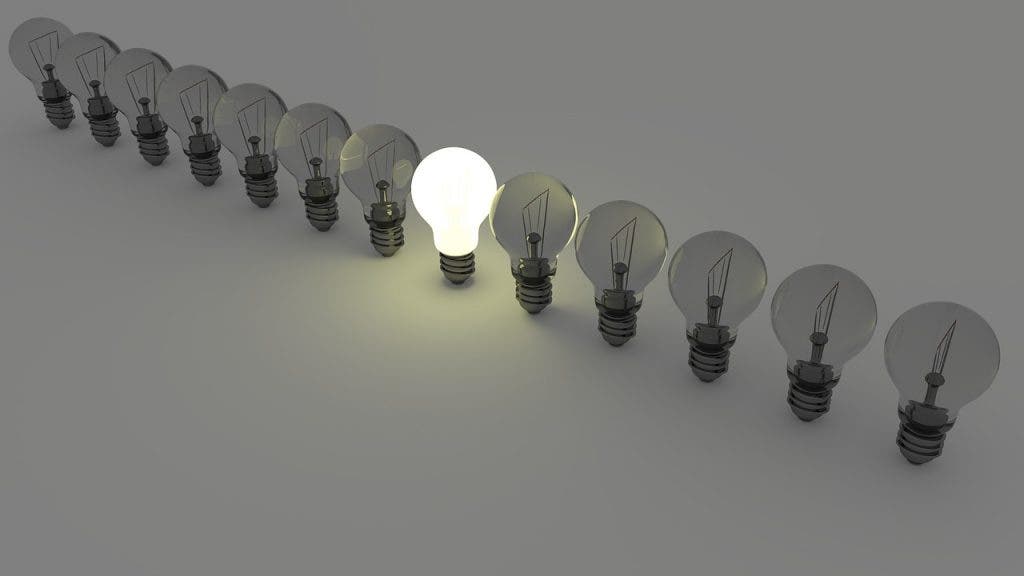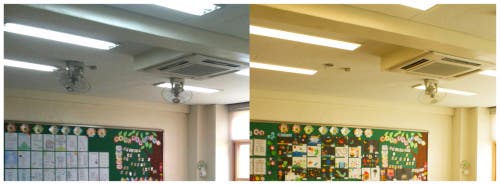Our mood and concentration are heavily influenced by light, both natural and artificial. There are numerous benefits to sunlight, yet at this age, most people are forced by circumstances to spend their daytime in offices or schools. Managers and parents alike might be interested in learning what are the best artificial light settings for optimized performance. New research investigated various light intensity scenarios and reported their findings. For optimal learning performance, “cool” light is better while “yellow” or “warm” light is the most relaxing. Ready to switch to light bulbs?

Kyungah Choi and Hyeon-Jeong Suk, two researchers at the Korea Advanced Institute of Science and Technology (KAIST) in South Korea, studied learning in the context of different correlated color temperatures (CCTs). The CCTs provide a way to correlate the color appearance of a light source with temperature. Yellowish white light or high CCT is below 3,500 degrees Kelvin while bluish cool light is found above 5,000 degrees Kelvin, corresponding to a low CCT.
Sunlight has a CCT of about 6,500 K, while incandescent bulbs emit light between 2500 K and 3000 K. Luckily LED lights can easily adjust their CCT, unlike incandescent or fluorescent lamps whose CCT stays fixed.

Choi and Suk first exposed a group of adult volunteers to various CCT conditions (3500 K, 5000 K and 6500K) while electrodes strapped to the wrist and ankles measured heart rate. The most intense CCT at 6500K caused the highest level of psychological alertness among the participants while 3500K was found to be the most relaxing.
Next, the same three different lighting conditions were tested in a classroom setting with fourth-graders. Results suggest that the 6500 K intensity which corresponds to heightened alertness also enhanced academic performance. The fourth-graders performed better on recess activities in 3500 K light.
[MUST READ] The LED sun: artificial light that completely mimics properties of sunlight
Using the three lighting presets derived from the empirical study, a dynamic lighting system was designed as a mobile application to generate highly optimized lighting according to students’ activities. The application allowed teachers to select the most appropriate lighting via three lightings presets: “easy,” “standard,” and “intensive” modes

The findings confirm the Yerkes-Dodson Law, an observation stated more than a century ago by psychologists Robert Yerkes and John Dodson. The “law” says there’s a curvilinear relationship between mental arousal and performance. Tests on the Yerkes-Dodson law suggests people perform at their best when their state of mental arousal is intermediate. In the discussion about light, this intermediate state is reached at 6500 K. This means that lights with a higher CCT will make you too alert and decrease performance from optimal baseline.
“We believe that small changes in classroom environment, such as lighting conditions, could make a dramatic difference in supporting students’ learning,” Suk said.






